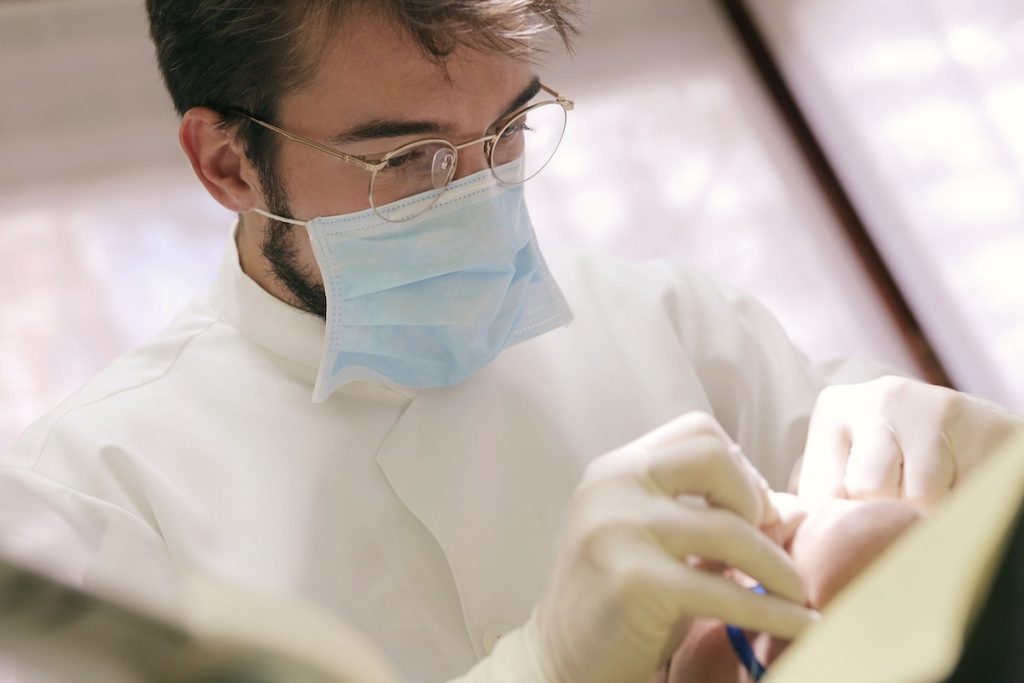Many people will have heard about the emergency dental condition known as an oral abscess at one time or another.
However, for those who have never experienced one, it can be a bit tricky to differentiate between an oral abscess and a simple toothache, especially considering that one of the fundamental signs of an oral abscess is discomfort.
It’s worth noting that an oral abscess is considered a dental emergency and, indeed, a health emergency because if it is left untreated, it may burst and lead to sepsis. So, it is well worth having a basic idea of the symptoms of an oral infection. In this article, an emergency dentist Sydney provides a simple guide to help you identify the signs of oral abscesses.
Discomfort
So, first on the list is discomfort. If you have ever had a toothache caused by a cavity, the discomfort caused by a dental abscess is going to, unfortunately, be much worse and may feel like a bruising, burning or intense throbbing located underneath one of your teeth. The pressure the abscess exerts against the jawbone is what causes the discomfort. If you notice that you have a gradual pain that is getting worse as the day goes on or has simply seemingly appeared overnight, you likely have an oral infection.
Swelling
Swelling is another sign, and it is usually associated with an abscess that is a bit more advanced. The swelling usually occurs around the area where the infection has started. For example, if you have an infection under a molar on the right side of your face, the swelling will likely occur around your right cheek. It’s worth considering that even if you do not have an oral abscess, any swelling to the face or the mouth should always be explored by an emergency dental team.

Discoloured gums
Discoloured gums are another sign that you may have an oral abscess forming, particularly if the gums appear redder or blue or even have a purple tint to them. In extreme cases, you may even be able to see a yellow circle on your gum line, which would be the pus within the abscess itself. At this stage, even if it is not causing discomfort, you should seek the help of your dental team.
Fever
Interestingly, some people who develop oral abscesses may not notice any discomfort at all; this is common if you have had a tooth extracted and the extraction site has become infected. In this case, you are unlikely to experience the same level of discomfort as you would if the tooth were still in your mouth. One of the first symptoms you may have may be a fever. If you have recently had a dental extraction or are simply concerned about the sudden onset of fever accompanied by oral swelling, you need to see an emergency dental team.
Sensitivity
Dental sensitivity is different to discomfort as it is usually prompted by the presence of hot or cold beverages. If you notice a stabbing sensation underneath one of your teeth when you drink a cup of tea or iced water, this can point to an oral abscess forming and should be investigated immediately.
DISCLAIMER
Any surgical or invasive procedure carries risks. Before proceeding, you should seek a second opinion from an appropriately qualified health practitioner.
